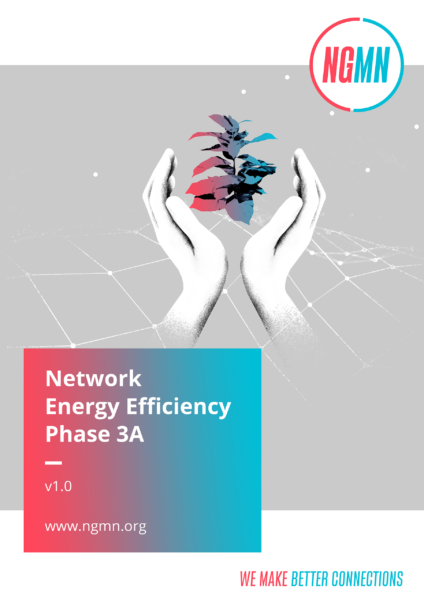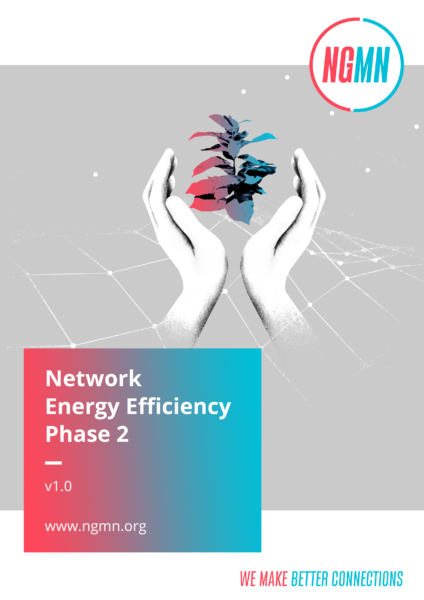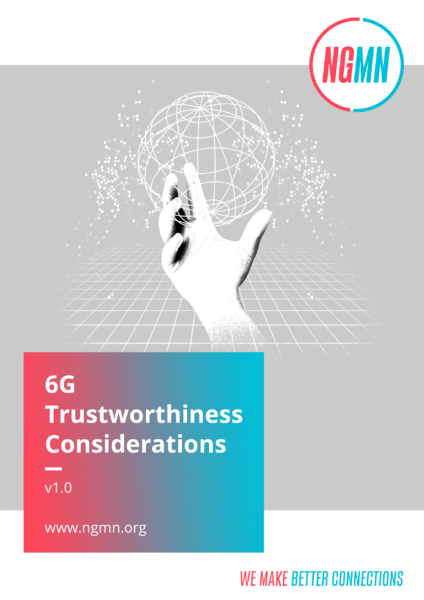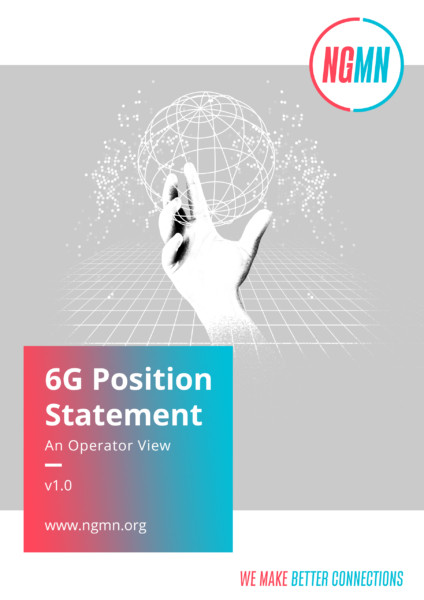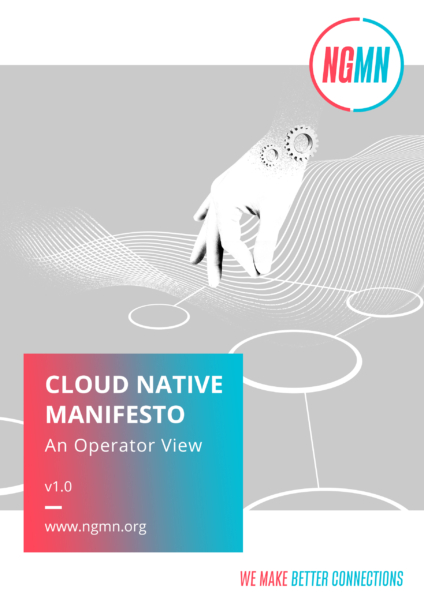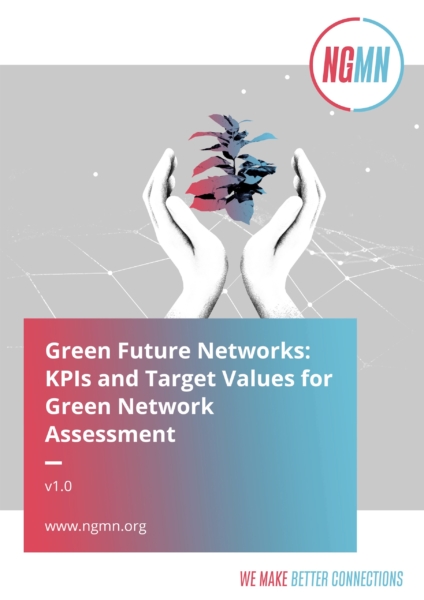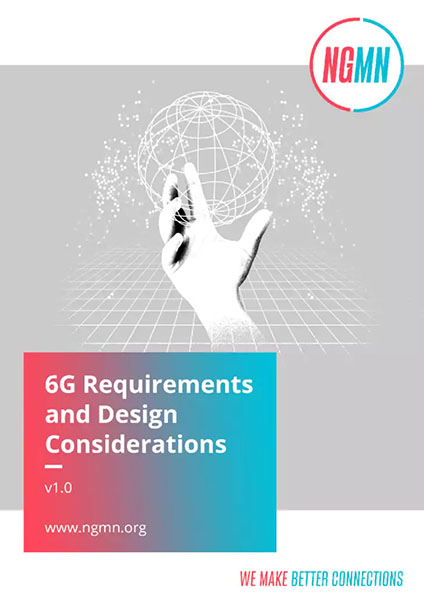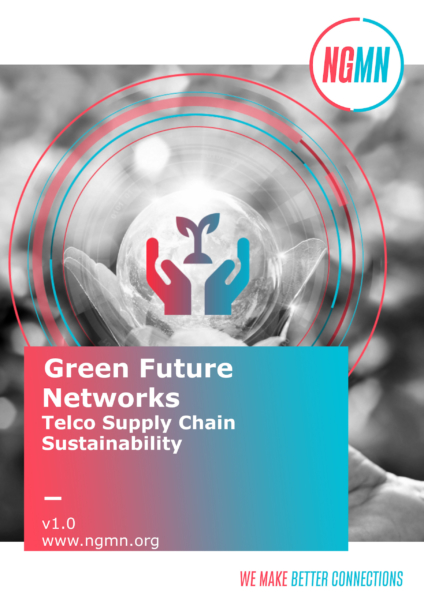Network Energy Efficiency Phase 3A
In recent years, Mobile Network Operators (MNOs) have faced a more complex business environment. Tightening energy markets as well as spikes in natural gas prices have contributed to a challenging energy landscape. The significant increase in MNOs’ operational costs impacted efforts to deliver on transformational connectivity goals and meet investment targets.
This NGMN publication was developed with input from across the industry – with NGMN Partners representing operators, vendors, and research institutes – and provides the MNOs with immediate and timely best practice energy saving and management techniques.
To mitigate high energy costs but also supporting the decrease of generated carbon footprint by lowering energy consumption, whilst simultaneously maintaining desirable network Quality of Service (QoS) and handling a continuous increase of data traffic volume.
